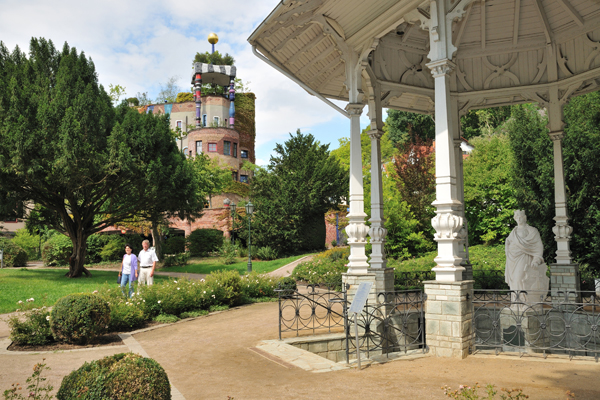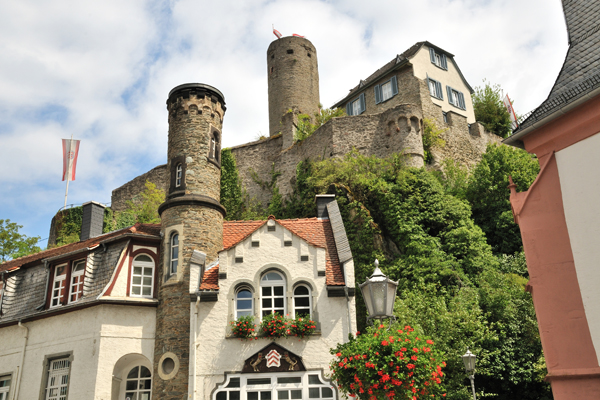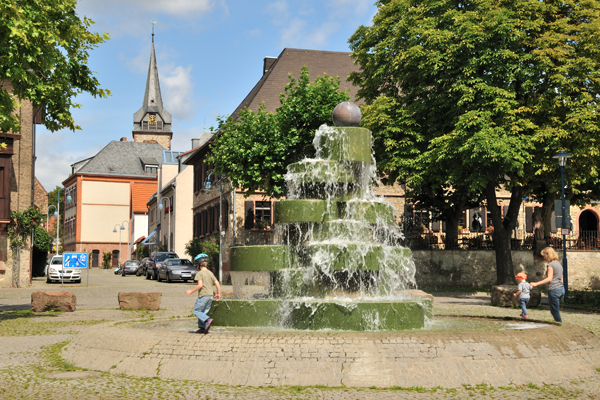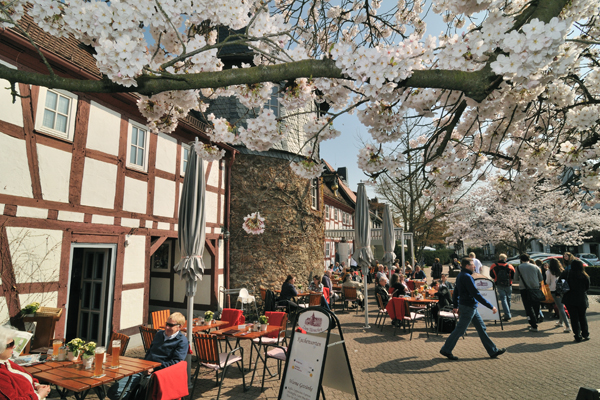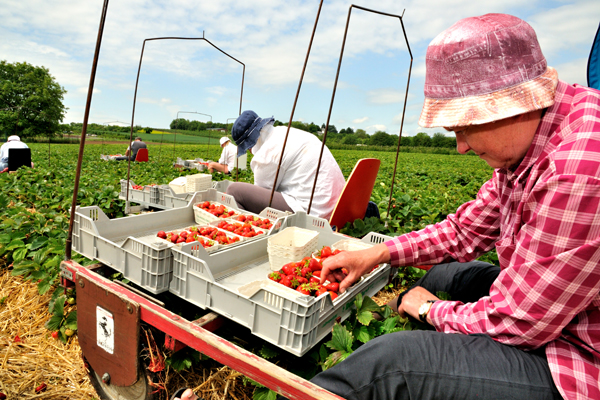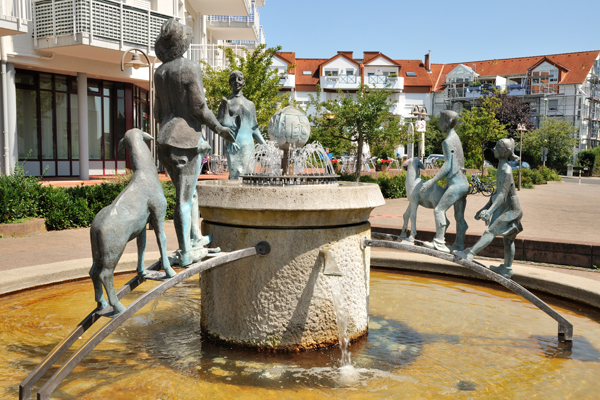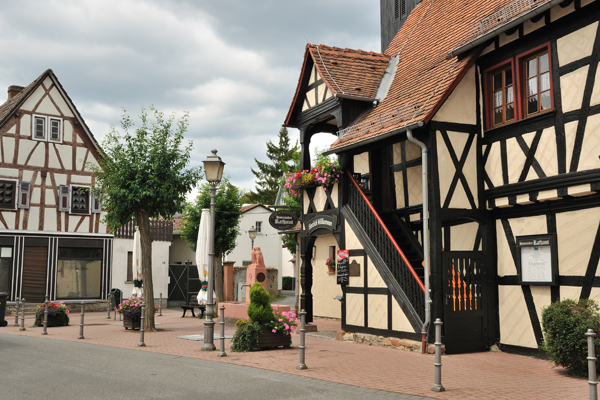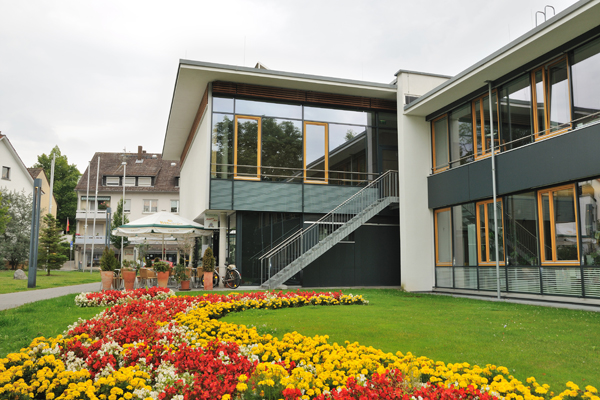Towns and local communities
The Main Taunus district’s 12 towns and local communities are as diverse as nature and life in the district. This ranges from Hofheim, the district capital, via the traditional spa town of Bad Soden and Kelkheim, on the Taunus hillside, as far away as Eppstein, with its medieval castle, from the wine-growing towns of Hochheim and Flörsheim am Main via Hattersheim, with its rosarium, to Eschborn and Schwalbach, with many international companies‘ headquarters, and from the community of Sulzbach with Germany’s first “greenfield” shopping centre via Liederbach, the region’s oldest community, to Kriftel with its widely known fruit cultivation.
Towns and local communities
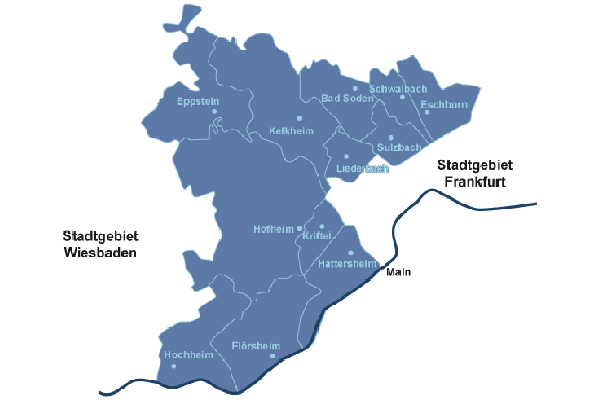
The Main Taunus district’s 12 towns and local communities are as diverse as nature and life in the district.
This ranges from Hofheim, the district capital, via the traditional spa town of Bad Soden and Kelkheim, on the Taunus hillside, as far away as Eppstein, with its medieval castle, from the wine-growing towns of Hochheim and Flörsheim am Main via Hattersheim, with its rosarium, to Eschborn and Schwalbach, with many international companies‘ headquarters, and from the community of Sulzbach with Germany’s first “greenfield” shopping centre via Liederbach, the region’s oldest community, to Kriftel with its widely known fruit cultivation.
Comprehensive information about specific towns and local communities is provided on the respective websites:
- Bad Soden am Taunus
- Eppstein
- Eschborn
- Flörsheim am Main
- Hattersheim am Main
- Hochheim am Main
- Hofheim am Taunus
- Kelkheim (Taunus)
- Kriftel
- Liederbach am Taunus
- Schwalbach am Taunus
- Sulzbach (Taunus)
-
The town’s reputation as a spa is thanks to over 30 thermal and mineral springs and its scenic location on the Taunus’ southern slope. Famous people like Felix Mendelssohn Bartholdy, Richard Wagner or Leo Tolstoy were drawn to the spa town and even today there are numerous possibilities to relax and to restore one’s health.
-
Eppstein, the idyllic castle town in Vordertaunus, has emerged as an attractive residential town, for all generations, with a high living and recreational value. It is connected to Frankfurt via S-Bahn (city train) and to the state capital, Wiesbaden, by bus route. The favourable transport conditions are rounded off by motorway access and airport proximity.
-
Eschborn can look back on a history of over 1,200 years. It is not possible to see the age of the local community, which lies on the city boundary to Frankfurt, straight away. Initially, in fact, the imposing administrative buildings of international corporations, which have been established there since the sixties, catch one’s eye. However, Eschborn is also a city in the countryside with a rural character, in which it is possible to live well.
-
Flörsheim am Main, with the gate to the Rheingau, is an adorable town worth living in, in which commerce, skilled crafts and trades, industry, agriculture and viniculture are at home. The splendid St. Gallus church with its baroque organ and the exemplarily restored historic parts of town are known beyond the region’s boundaries. 45km of enlarged circular routes for bicycles, attractive recreation parks and cheerful festivals, provide attractive opportunities for leisure activities.
-
Hattersheim am Main is a town in which it is possible to live and work well. An attractive town centre with a marketplace, historic buildings, and green spaces as well as the regional park Rhine Main’s greenways, provide a feel-good atmosphere in the middle of a metropolitan area. Nowadays, Hattersheim is home for many small and medium-sized companies, which work both in the service and also in the manufacturing industry.
-
Hofheim is the biggest town in the district. After the amalgamation of the surrounding villages of Marxheim, Diedenbergen, Lorsbach, Wallau and Wildsachsen, Hofheim was appointed as district capitalin 1980. More than 40 percent of the surface area is covered with forest and therefore gives Hofheim the title "district capital in the countryside". The town maintains a town museum, which is well known for its fine art exhibitions way beyond Hesse's boundaries.
-
Kelkheim originated from the amalgamation of Hornau, Kelkheim and Münster communities in 1938. In the seventies, Rossert (Eppenhain and Ruppertshain) and Fischbach were attached. This town is known far beyond Hesse’s boundaries as the "furniture town". The close vicinity with its dense deciduous and coniferous forests and well-developed hiking paths constitute a first-rate recreation area.
-
In the „Vordertaunus‘ fruit garden“ strawberries and pip fruit are grown to a high quality. The local community has retained its straightforward traditional character even though it has been affected by the characteristics of a densely populated region. Large parks and a modern open-air swimming pool call on people to rest and relax. An extremely active club life in Kriftel makes it possible to practise almost any form of sport.
-
Liederbach was formed in 1972 out of the Oberliederbach and Niederhofheim communities. In 1902, Liederbach’s connection to Frankfurt was, with the construction of the Höchst-Königstein railway line, of paramount economic importance. Recreational opportunities cover, amongst others, the 20,000 sq m Dietelsche Park with historic „Untermühle“, a former manor house built in a Tuscan country style and a well developed network of paths.
-
Schwalbach was, until the 1950s, a rural community. This past life is still present in the old centre with its historical town hall and the parish church of St. Pancras. In the 1960s, city planner Hans Bernhard Reichow realized his idea of an "organic townscape" with the residential town of Limes. The town is a base for globally active companies and walkers are attracted by the tree park aboretum or the regional park.
-
Sulzbach, first mentioned in a document in 1035, was a free imperial village in the past and is nowadays a regional centre. Culture and free time activities are wide-ranging and meet every requirement. Of the 785 ha district area, 432 ha are used for agriculture, 161 ha are municipal forest land. The well-developed path network calls on people to walk and hike far into the Hochtaunus.

